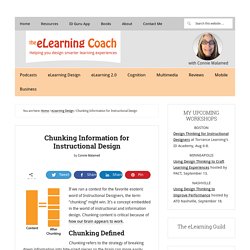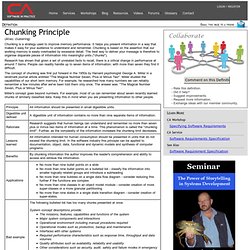

Multimedia Storytelling: learn the secrets from experts at Multimedia Storytelling Institute 2014. Learn to Storyboard Register now for the kdmcBerkeley Multimedia Storytelling Institute 2013 The Storyboard A storyboard is a sketch of how to organize a story and a list of its contents.

A storyboard helps you: Define the parameters of a story within available resources and timeOrganize and focus a storyFigure out what medium to use for each part of the story How to Do a Rough Storyboard A multimedia story is some combination of video, text, still photos, audio, graphics and interactivity presented in a nonlinear format in which the information in each medium is complementary, not redundant. The first thing to tackle is the part about the story being nonlinear. 1. A lead or nut paragraph, essentially addressing why this story is importantprofiles of the main person or people in the storythe event or situationany process or how something workspros and consthe history of the event or situationother related issues raised by the story Decide what pieces of the story work best in video.
The Information Processing Approach. The Information Processing Approach to Cognition Citation: Huitt, W. (2003).

The information processing approach to cognition. Educational Psychology Interactive. Valdosta, GA: Valdosta State University. Retrieved [date] from, Return to: | Overview of the Cognitive System | EdPsyc: Courses | more in-depth paper | Overview As stated in the introduction to this section, cognitive psychology represents the dominant approach in psychology today. General principles The first is the assumption of a limited capacity of the mental system. A second principle is that a control mechanism is required to oversee the encoding, transformation, processing, storage, retrieval and utilization of information. Stage Model of Information Processing One of the major issues in cognitive psychology is the study of memory. This model proposes that information is processed and stored in 3 stages. First, individuals are more likely to pay attention to a stimulus if it has an interesting feature. Concept formation. Chunking Information for Instructional Design.
If we ran a contest for the favorite esoteric word of Instructional Designers, the term “chunking” might win.

It’s a concept embedded in the world of instructional and information design. Chunking content is critical because of how our brain appears to work. Chunking Defined Chunking refers to the strategy of breaking down information into bite-sized pieces so the brain can more easily digest new information. The reason the brain needs this assistance is because working memory, which is where we manipulate information, holds a limited amount of information at one time. Why We Chunk Content George A. The pearl of wisdom here is that if a learner’s working memory is full, the excess information will just drop out—as in disappear.
Chunking Information for eLearning Chunking information is particularly important for online learning. Four Steps to Chunking Information Step 1: Start at the highest level. Start with large chunks of conceptually related content and use these as your modules. Software Engineering. Chunking is a strategy used to improve memory performance.

It helps you present information in a way that makes it easy for your audience to understand and remember. Chunking is based on the assertion that our working memory is easily overloaded by excessive detail. The best way to deliver your message is therefore to organise disparate pieces of information into meaningful units ("chunks"). Research has shown that given a set of unrelated facts to recall, there is a critical change in performance at around 7 items. People can readily handle up to seven items of information; with more than seven they find it difficult.
The concept of chunking was first put forward in the 1950s by Harvard psychologist George A. Miller's concept goes beyond numbers. Information Overload.